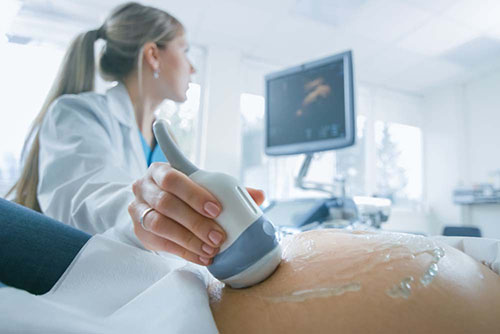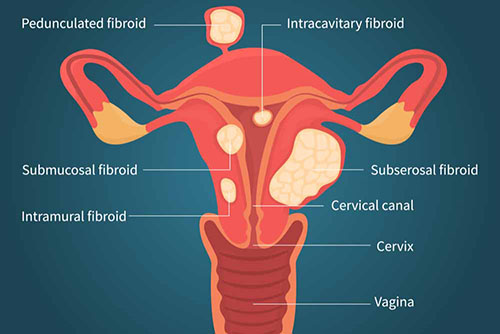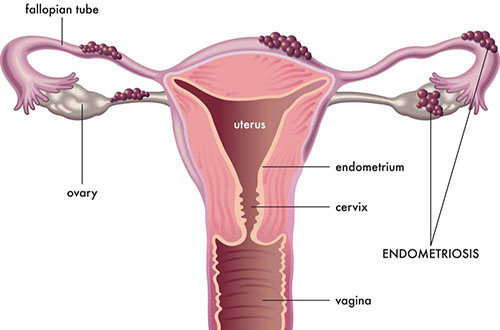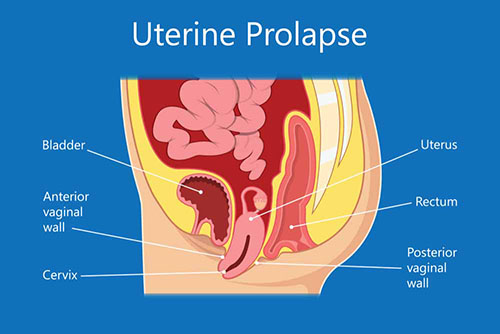Obstetrics and Gynecology
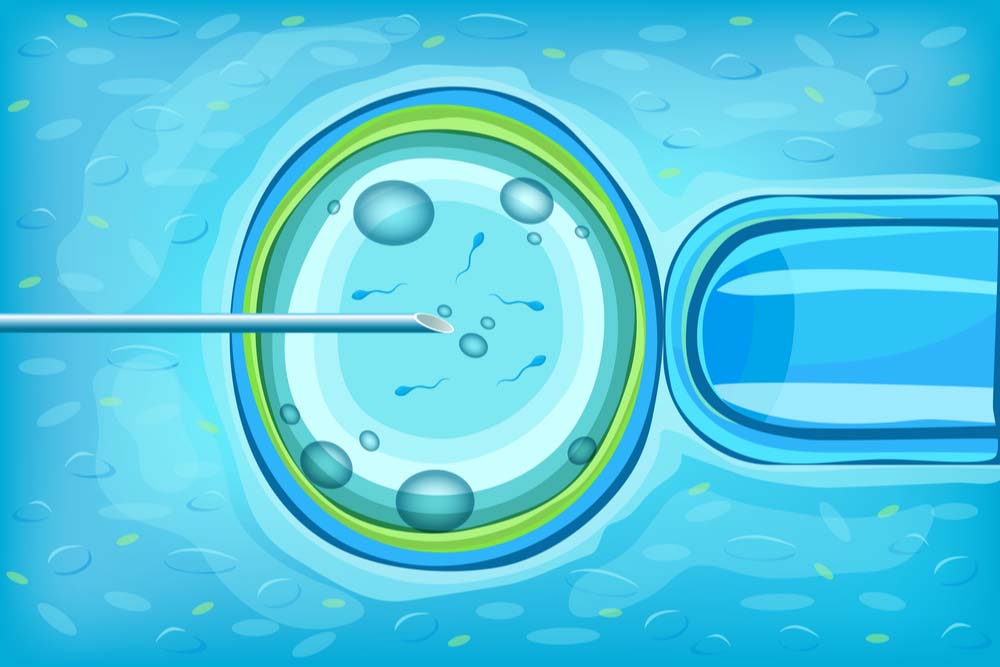
The Department of Obstetrics and Gynecology is the department that studies female reproductive organ diseases. The obstetrician works in a wide range from preventive care to the detection of sexually transmitted diseases and family planning. Periodic check-ups of not only sick women but also every healthy woman is included in the scope of gynecology and obstetrics examination. The obstetrics and gynecology department provides services under two main headings as gynecology and obstetrics. Gynecology: diagnosis and treatment of all kinds of diseases of the female reproductive organs such as the uterus, cervix, vagina, tubes, ovaries, and the obstetrics department which deals with pregnancy follow-up and elimination of pregnancy problems.
Medical Services
In accordance with Article 10 of the Personal Data Protection Law (PDPL,KVKK) titled Data Controller's Obligation to Disclose, we use cookies in accordance with the legislation, limited to the purposes specified in the privacy policy.


